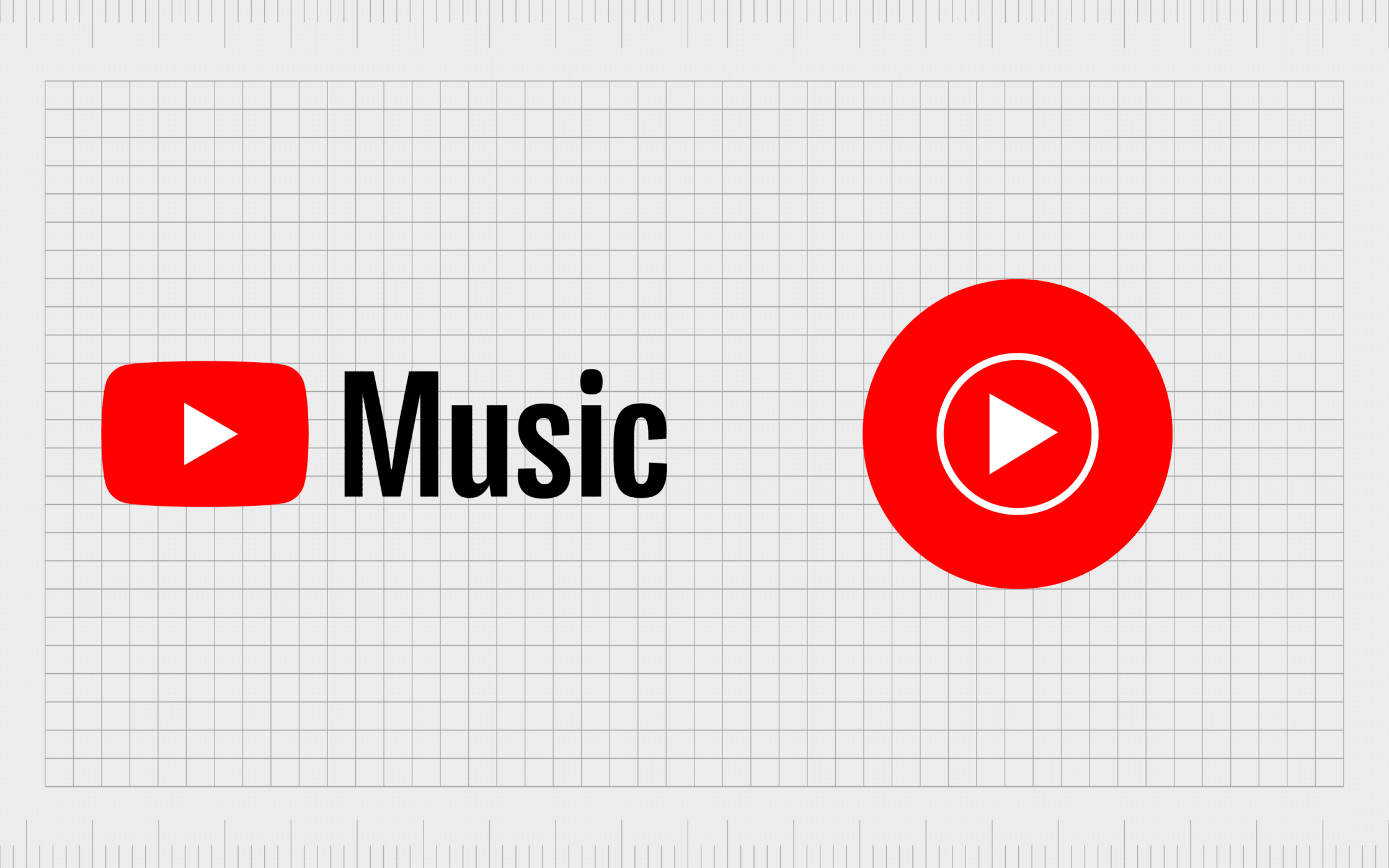
Unlock You Tube Success: The Ultimate Guide to You Tube SEO - Keyword Research and Optimization.
Alright, friends! Ever feel like your You Tube videos are shouting into a void? You spend hours crafting theperfectcontent, only to be met with…crickets. We've all been there. It's like throwing a party and nobody shows up. You've got the snacks (the video), the music (your awesome personality), but something's missing. Theinvitations! And in the You Tube world, those invitations are called SEO.
You Tube SEO, or Search Engine Optimization, is the magic sauce that helps your videos get discovered. It's about understanding what people are searching for and then optimizing your content to show up in those searches. Think of it like this:You Tube is a massive library, and SEO is the librarian helping people findyourbook (video) amidst the millions of others. Without it, your video is likely to get lost in the digital shuffle. This isn’t just about racking up views; it’s about connecting with the right audience, the people who will genuinely appreciate and engage with your content.
Now, I know SEO can sound intimidating. It's often talked about in hushed tones, like some mystical art only understood by tech wizards. But honestly, it’s not rocket science. It's about understanding the platform, understanding your audience, and putting in a bit of effort to optimize your videos. It's about being strategic, not just throwing content at the wall and hoping something sticks.
The good news is, you don't need a fancy degree or expensive software to master You Tube SEO. With the right knowledge and a bit of practice, you can significantly improve your video's visibility and start attracting the audience you deserve.
In this comprehensive guide, we're going to demystify You Tube SEO and break it down into easy-to-understand steps. We'll focus on the most important aspects: keyword research and optimization. We'll explore how to find therightkeywords that your target audience is actually searching for, and how to effectively incorporate those keywords into your videos to boost your ranking.
Think of it like learning to bake a cake. You need the right ingredients (keywords), the right recipe (optimization techniques), and a little bit of patience. And the result? A delicious video that everyone wants a piece of.
So, are you ready to ditch the crickets and start attracting a hungry audience to your You Tube channel? Let's dive in and unlock the secrets of You Tube SEO! We're going to cover everything from understanding the You Tube algorithm (don't worry, we'll keep it simple!) to crafting killer titles and descriptions. And by the end of this guide, you'll have the knowledge and tools you need to start optimizing your videos for success. Ready to turn your You Tube channel into a thriving community? Let’s get started! What if I told you that you could double or even triple your views just by making a few simple tweaks? Keep reading to find out how!
You Tube SEO: The Ultimate Guide to Keyword Research and Optimization
Understanding the You Tube Algorithm

Alright, friends, let's talk about the elephant in the room: the You Tube algorithm. This mysterious force dictates which videos get seen and which get buried in the depths of the internet. It's the gatekeeper to You Tube stardom, and understanding it is crucial for any creator looking to succeed. But don't worry, we're not going to get bogged down in technical jargon. We'll keep it simple and focus on the key aspects that matter toyou.
The You Tube algorithm is essentially a recommendation system. Its primary goal is to keep viewers on the platform for as long as possible. Why? Because the longer people watch, the more ads they see, and the more money You Tube makes. So, the algorithm favors videos that are engaging, entertaining, and keep viewers hooked.
But how does the algorithm decide which videos to recommend? Well, it takes into account a variety of factors, including: Watch Time: This is the total amount of time viewers spend watching your video. It's one of the most important ranking factors. The longer people watch, the better your video will perform. Audience Retention: This measures how much of your video viewers watch on average. A high audience retention rate indicates that your video is engaging and keeps people interested. Engagement: This includes likes, dislikes, comments, shares, and subscriptions. These interactions signal to the algorithm that your video is valuable and worth recommending. Keywords: The words and phrases you use in your title, description, and tags play a crucial role in helping the algorithm understand what your video is about. Video Relevance:The algorithm tries to match your video with viewers who are likely to be interested in the topic. This is why it's important to target the right keywords and create content that resonates with your target audience.
In short, the algorithm rewards videos that are engaging, informative, and relevant to viewers' interests. So, your goal should be to create high-quality content that keeps people watching, encourages interaction, and provides value. By focusing on these factors, you can significantly improve your video's visibility and reach a wider audience. Remember, it's not just about getting views; it's about gettingengagedviews.
Keyword Research: Finding What Your Audience is Searching For

Keyword research is the foundation of any successful You Tube SEO strategy. It's about understanding the words and phrases that your target audience is actually searching for on You Tube. Think of it as detective work, uncovering the hidden clues that will lead viewers to your videos. Without proper keyword research, you're essentially shooting in the dark, hoping that someone stumbles upon your content.
So, how do you go about finding these magical keywords? Here are a few strategies to get you started: Brainstorming: Start by brainstorming a list of topics related to your niche. What problems are your viewers trying to solve? What questions are they asking? What are they interested in learning? Write down as many ideas as you can. You Tube Search Bar: Head over to You Tube and start typing your ideas into the search bar. Pay attention to the suggested search terms that appear in the dropdown menu. These are actual searches that people are making on You Tube. These "You Tube Autocomplete" suggestions are a goldmine of keyword ideas. Competitor Analysis: Take a look at your competitors' videos and see what keywords they're using in their titles, descriptions, and tags. What topics are they covering? What keywords are they targeting? You can use tools like Tube Buddy or Vid IQ to analyze your competitors' videos and gain valuable insights. Google Keyword Planner: While primarily designed for Google Ads, the Google Keyword Planner can also be a useful tool for You Tube keyword research. It allows you to see search volume and competition for different keywords. Google Trends: Google Trends can help you identify trending topics and see how search interest for different keywords has changed over time. This can be particularly useful for creating timely and relevant content. Answer The Public: This tool helps you discover questions, prepositions, comparisons, and alphabeticals related to your keyword, giving you a wealth of content ideas.
Once you've gathered a list of potential keywords, it's time to evaluate them and choose the ones that are most likely to drive traffic to your videos. Look for keywords that are: Relevant: The keywords should be closely related to the topic of your video. Specific: Target long-tail keywords (phrases of three or more words) that are more specific and less competitive. Searchable: Choose keywords that people are actually searching for on You Tube. Achievable: Don't target highly competitive keywords that are dominated by established channels.
Remember, keyword research is an ongoing process. You should regularly review your keywords and adjust your strategy based on performance data. It's about staying agile and adapting to the ever-changing landscape of You Tube.
Optimizing Your Video for Search

Now that you've identified your target keywords, it's time to put them to work and optimize your videos for search. This involves incorporating your keywords into various elements of your video, including:
Title Optimization

Your video title is one of the most important ranking factors. It's the first thing viewers see, and it plays a crucial role in attracting clicks and telling the algorithm what your video is about.
Include Your Primary Keyword: Make sure to include your primary keyword in your video title. Try to place it as close to the beginning of the title as possible. Keep it Concise: Aim for a title that is around 60 characters or less to avoid truncation in search results. Make it Engaging: Use strong verbs and adjectives to make your title more appealing. Use Numbers and Power Words: Numbers and power words (e.g., "ultimate," "best," "secrets") can help your title stand out.
For example, instead of "How to Make Coffee," try "The Ultimate Guide to Making the Perfect Cup of Coffee."
Description Optimization

Your video description provides additional context to the algorithm and helps viewers understand what your video is about.
Write a Compelling Summary: Start with a brief, engaging summary of your video that includes your primary keyword. Expand on Your Topic: Provide more details about the content of your video and incorporate relevant keywords throughout. Use a Call to Action: Encourage viewers to like, comment, subscribe, or visit your website. Include Timestamps: Timestamps make it easier for viewers to navigate your video and find the information they're looking for. Add Relevant Links: Include links to your website, social media profiles, and other relevant videos. Keyword Stuffing is a No-No: Avoid keyword stuffing, which is the practice of excessively repeating keywords in your description. This can actually hurt your ranking. Length Matters:Aim for a description that is at least 200-300 words.
Tag Optimization

Tags are another important ranking factor that helps the algorithm understand what your video is about.
Use Relevant Keywords: Include a mix of broad and specific keywords that are related to your video topic. Target Long-Tail Keywords: Don't just focus on broad keywords like coffee.Include long-tail keywords like "how to make pour over coffee at home." Use Competitor Tags: Analyze your competitors' videos and see what tags they're using. Don't Overdo It: You Tube allows you to use up to 500 characters for tags. Don't feel like you need to fill every space. Focus on quality over quantity. Misleading Tags are a No-Go:Avoid using misleading tags that are not relevant to your video. This can get your video penalized.
Thumbnail Optimization

Your video thumbnail is the visual representation of your video and plays a crucial role in attracting clicks.
Create Custom Thumbnails: Don't rely on automatically generated thumbnails. Create custom thumbnails that are visually appealing and relevant to your video topic. Use High-Quality Images: Make sure your thumbnails are clear, sharp, and well-lit. Include Add text to your thumbnails to convey the main message of your video. Use Consistent Branding: Use consistent branding elements (e.g., colors, fonts, logos) across all of your thumbnails to create a cohesive look and feel. Test Different Thumbnails:Experiment with different thumbnails to see which ones perform best.
Video Optimization

Beyond the title, description, tags, and thumbnail, the video itself needs to be optimized.
High-Quality Content: Create high-quality content that is engaging, informative, and entertaining. Engaging Intro: Grab viewers' attention in the first few seconds of your video. Clear Audio: Make sure your audio is clear and easy to understand. Good Lighting: Use good lighting to create a visually appealing video. Edit Your Videos: Edit your videos to remove any unnecessary pauses, mistakes, or distractions. Add End Screens and Cards: Use end screens and cards to promote your other videos, playlists, and website. Create Transcripts:Uploading a transcript of your video can improve accessibility and help the algorithm understand your video content better.
Promoting Your Video

Optimizing your video is only half the battle. You also need to actively promote your video to reach a wider audience.
Share on Social Media: Share your video on your social media profiles (e.g., Facebook, Twitter, Instagram). Embed in Blog Posts: Embed your video in relevant blog posts on your website. Email Your Subscribers: Email your subscribers to let them know about your new video. Engage with Your Audience: Respond to comments and questions on your video. Collaborate with Other You Tubers: Collaborate with other You Tubers in your niche to reach a new audience. Run You Tube Ads: Consider running You Tube ads to promote your video to a targeted audience. Participate in Online Communities:Share your video in relevant online communities and forums.
Analyzing Your Results

The final step in the You Tube SEO process is to analyze your results and track your progress. You Tube Analytics provides a wealth of data that can help you understand how your videos are performing.
Watch Time: Track your watch time to see how long viewers are spending watching your videos. Audience Retention: Monitor your audience retention rate to see how much of your video viewers are watching on average. Engagement: Track your likes, dislikes, comments, shares, and subscriptions. Traffic Sources: See where your traffic is coming from (e.g., You Tube search, suggested videos, external websites). Demographics: Understand the demographics of your audience (e.g., age, gender, location). Keyword Performance: Track the performance of your keywords to see which ones are driving the most traffic to your videos.
Use this data to identify what's working and what's not. Adjust your strategy accordingly and continue to experiment and improve your videos. Remember, You Tube SEO is an ongoing process. It requires patience, persistence, and a willingness to learn and adapt.
Alright, friends, we've covered a lot of ground in this ultimate guide to You Tube SEO. Let's recap the key takeaways: Understand the You Tube Algorithm: The algorithm rewards videos that are engaging, informative, and relevant to viewers' interests. Conduct Thorough Keyword Research: Find the keywords that your target audience is actually searching for on You Tube. Optimize Your Video for Search: Incorporate your keywords into your title, description, tags, thumbnail, and video content. Promote Your Video: Share your video on social media, embed it in blog posts, and engage with your audience. Analyze Your Results:Track your progress and adjust your strategy based on performance data.
By following these tips and strategies, you can significantly improve your video's visibility and reach a wider audience on You Tube.
Conclusion

So, friends, we've reached the end of our journey through the world of You Tube SEO. We've unpacked the algorithm, dissected keyword research, and learned the art of video optimization. Remember, You Tube SEO is not a one-time fix; it's an ongoing process of learning, adapting, and refining your strategy. It's about understanding your audience, creating valuable content, and making it easy for them to find you.
Now, it's time to put your newfound knowledge into action! Start by implementing the strategies we've discussed in this guide. Conduct keyword research, optimize your videos, and promote your content. Don't be afraid to experiment and see what works best for you. And most importantly, be patient. It takes time to build a successful You Tube channel.
The digital landscape is always evolving, so it's crucial to stay updated with the latest trends and best practices. Keep learning, keep experimenting, and keep creating. And remember, the most important thing is to create content that you're passionate about and that provides value to your audience.
So, what's your next step? Commit to optimizing at least one of your videos this week. Share this guide with your fellow You Tubers and help them unlock the secrets of You Tube SEO. Now go forth and create amazing content that the world deserves to see! And remember, success on You Tube is not about luck; it's about strategy, effort, and perseverance.
Ready to transform your You Tube channel and start attracting the audience you deserve? Start optimizing your videos today! You've got this! Now go out there and create some magic! Are you ready to take your You Tube channel to the next level?
